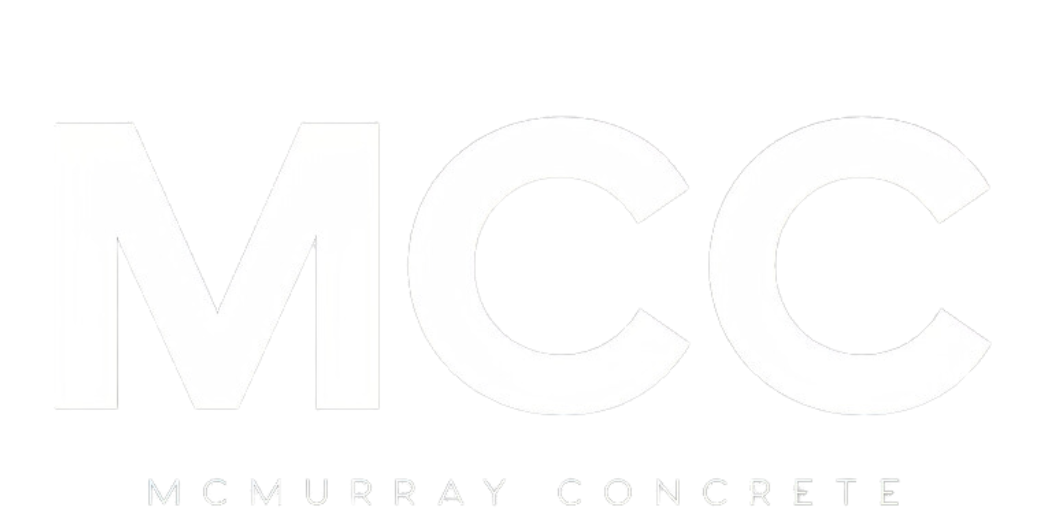
Crack Analysis
McMurray Concrete Cutting & Coring is the leader in Northern Alberta for Concrete Crack Analysis.
Assess, Document, Report & Re-Evaluate
Normal in-concrete surface cracks are the most commonly seen kind of defects in concrete structures and slabs. As concrete cracking can develop at different stages of the settling process (before or after hardening, shrinkage/expansion), the cracks should be monitored regularly to make sure the width/depth of the crack does not get progressively worse over time.
Our team is specialized in measuring cracks and trained in writing reports on the findings.
Be Proactive Not Reactive
It is important to be proactive about cracks, as these areas can allow aggressive agents (i.e. chloride ion) to penetrate below the surface, eventually causing corrosion. Evaluating the depth of cracks, confirms if surface cracking is well propagated into concrete and if the cracks are getting wider or deeper over time.
Method of Measuring
Ultrasonic Pulse Velocity (UPV) is an effective non-destructive testing method for quality control of concrete materials.
Using transducer technology, UPV has been widely accepted in testing concrete materials. Ultrasonic testing of concrete is an effective way for quality assessment and uniformity, and crack depth estimation. UPV is used for estimating the depth of surface cracks. With specialized equipment, each transducers is placed on one side of the crack, for a given distance and the distance between transducers is changed in the same trajectory.
Reporting
McMurray Concrete Cutting & Coring takes concrete crack analysis seriously. It is our goal to come out to the site of the concrete crack, perform our testing and provide a report analyzing and documenting the crack(s) on that specific date. We recommend that testing be completed on a regular basis (dependent on the environment of the concrete), and re-analyzed to see if the cracks are increasing in size over time.
Crack Analysis Technology
Proceq Pundit PL-200
McMurray Concrete Cutting & Coring performs all concrete crack analysis procedures with PROCEQ PUNDIT PL-200, the new benchmark in technology for UPV testing.
Our team team specializes in using this device and trained in writing reports on the finding of the concrete crack analysis
Using transmissions, the transducers are placed on two sides of the concrete for scanning. Through the traducers, we are able to provide comprehensive measurements and reports in regards to line scans, pulse velocity, comprehensive strengths, crack depth and surface velocity.
The Proceq hand held touch screen allows to have control over the measurement procedure in real time, directly on site, with the ability to log data, store scans an off load for future reports.
Assesses the concrete uniformity and detects cracks as well as other defects. The measured pulse velocities are displayed as a line.
Calculates the pulse velocity of the material under test
Determines the compressive strength using Ultrasonic Pulse Velocity correlation, or by using SONREB.
Determines the depth of perpendicular cracks according to BS 1881
Determines surface velocity according to BS 1881
Need A Piece Of Concrete Scanned?
Let’s Work Together
Let’s work together and evaluate the status of the concrete you need scanned, so we can provide a detailed recommendation on it.
